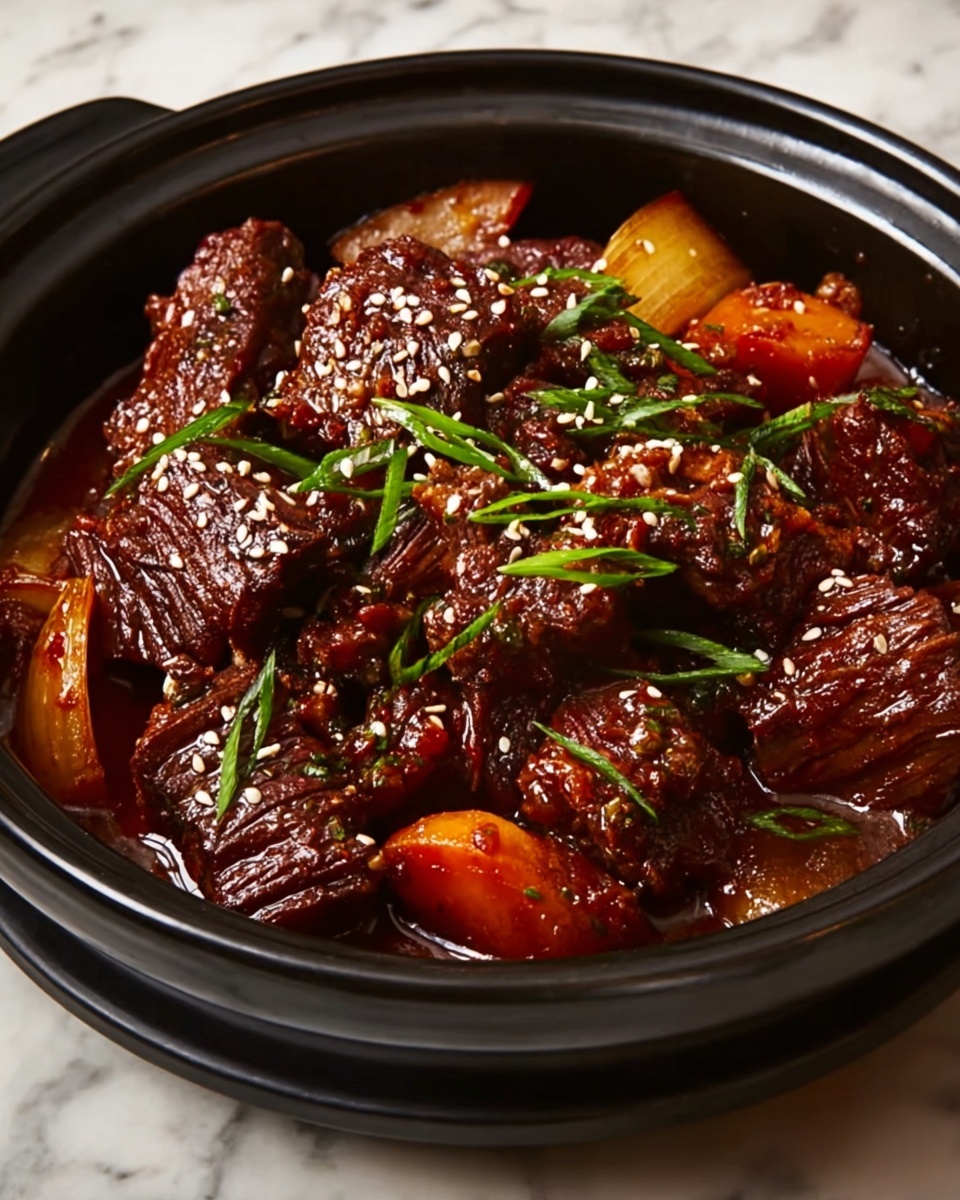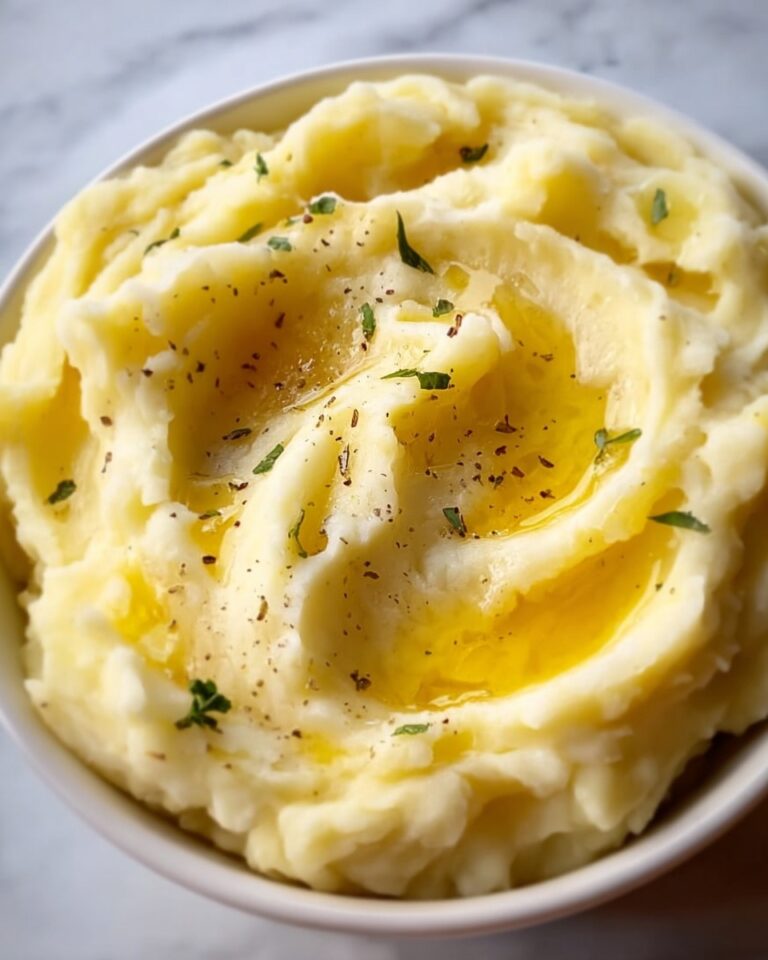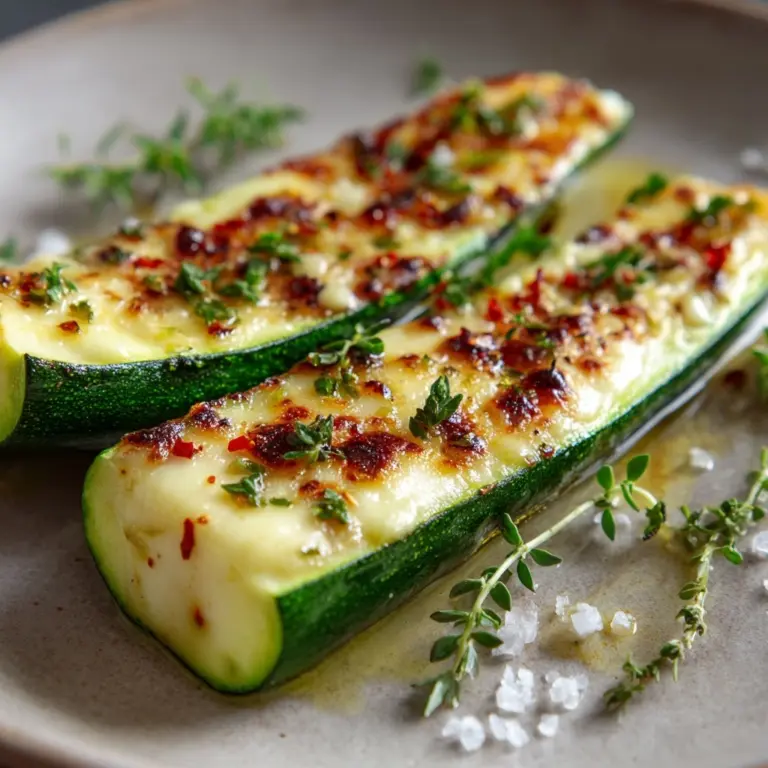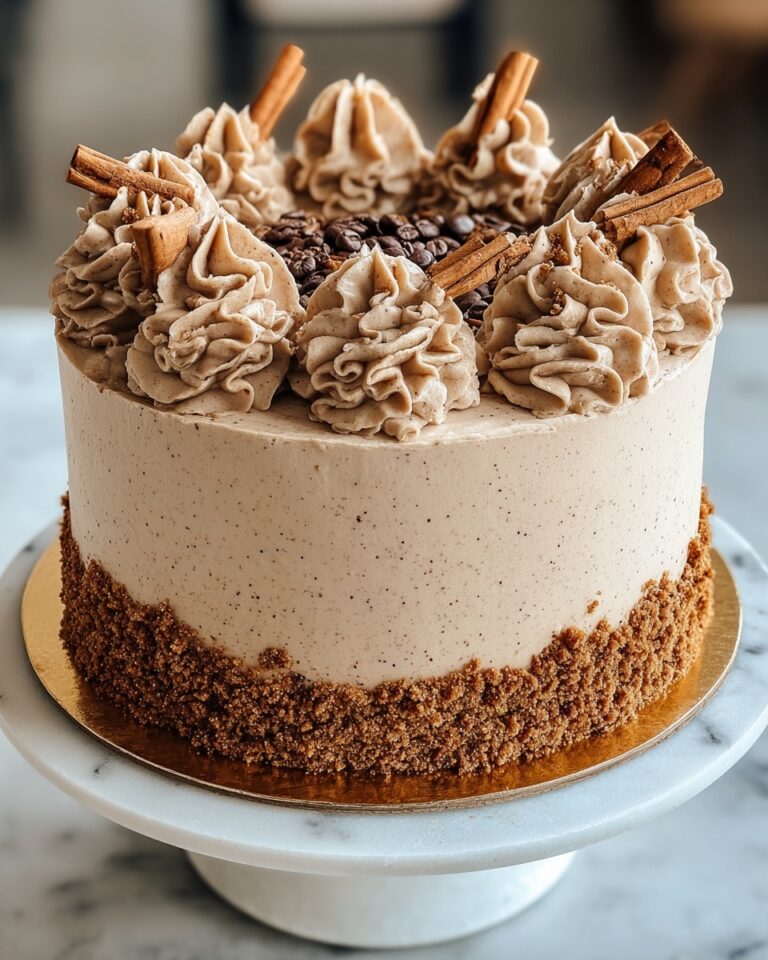If you’re craving a dish that’s cozy, hearty, and bursting with vibrant Korean flavors, you absolutely need to try this Korean Style Pot Roast Recipe. It takes a classic comfort food favorite and elevates it with the perfect balance of savory, sweet, and spicy notes pulled from gochujang, soy sauce, and sesame oil. This dish transforms a simple pot roast into a stunning centerpiece that will have everyone asking for seconds, all while filling your kitchen with an irresistible aroma that promises pure comfort in every bite.
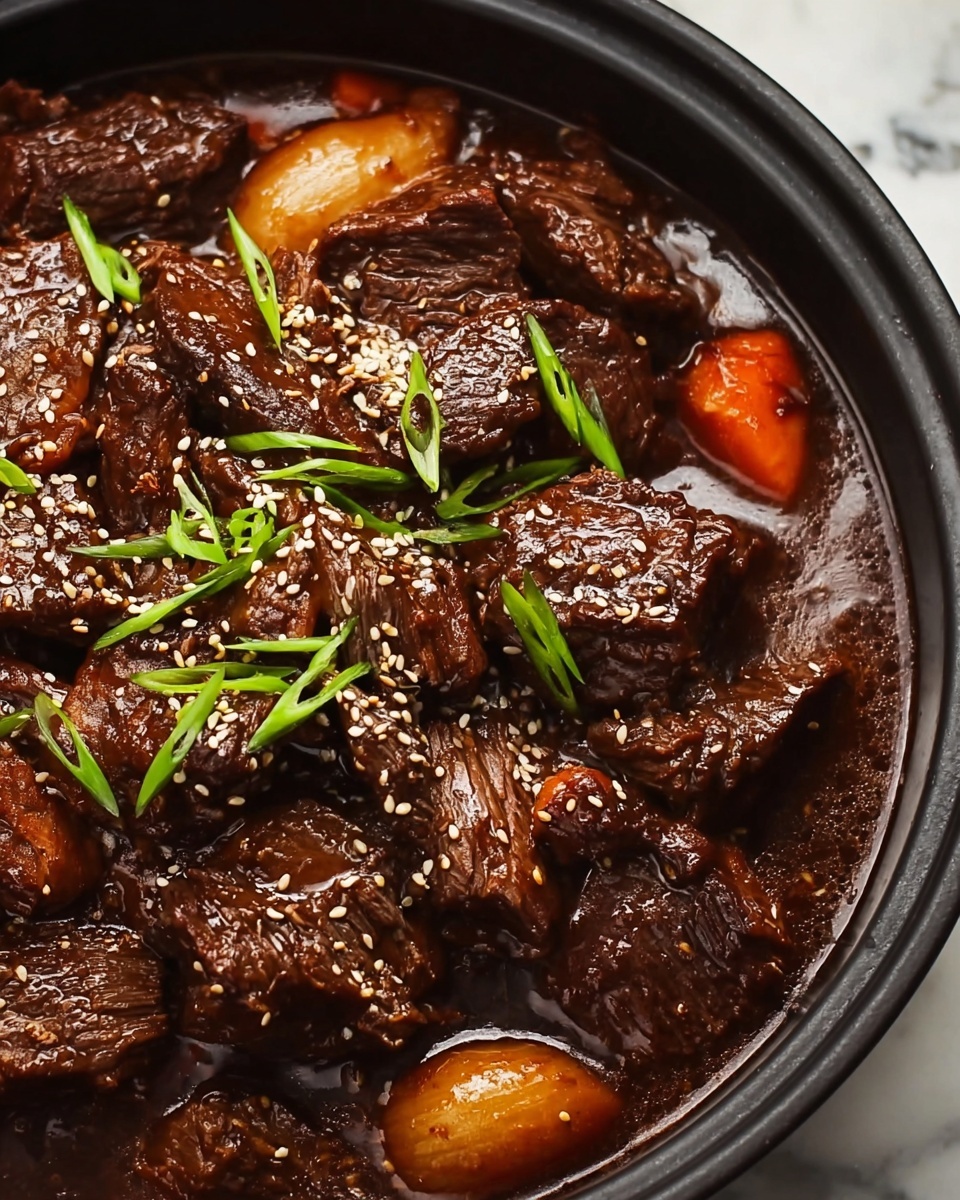
Ingredients You’ll Need
Gathering the ingredients for this Korean Style Pot Roast Recipe is refreshingly straightforward, yet each item plays a crucial role in building layers of flavor and creating a sumptuous texture. From the tenderness of the beef chuck roast to the punchy sweetness of brown sugar and the delicate crunch of sesame seeds, everything blends beautifully.
- 3–4 pound beef chuck roast: The perfect cut for braising, it becomes melt-in-your-mouth tender after slow cooking.
- 1 tablespoon vegetable oil: Helps achieve a deep, caramelized sear on the meat for complex flavor.
- 1 cup beef broth: Adds rich, meaty depth and moisture for slow cooking.
- ½ cup soy sauce: Brings essential umami and saltiness to balance the sweetness.
- ¼ cup brown sugar: Provides a subtle sweetness that caramelizes beautifully in the braise.
- 2 tablespoons rice vinegar: Introduces a gentle tang that lifts the whole dish.
- 2 tablespoons sesame oil: Offers a nutty aroma and smooth finish unique to Korean cuisine.
- 1 tablespoon gochujang (Korean chili paste): Adds moderate heat and a deep, fermented flavor that defines the dish.
- 4 cloves garlic (minced): Infuses the roast with a pungent kick and warmth.
- 1 tablespoon fresh ginger (grated): Provides brightness and a fresh, peppery spice.
- 1 large onion (sliced): Softens during cooking and sweetens the sauce naturally.
- 3 carrots (cut into chunks): Adds color, texture, and a touch of natural sweetness.
- 2 cups baby potatoes: Perfect for soaking up all the delicious braising liquid.
- 2 green onions (sliced, for garnish): Adds a burst of freshness and color on top.
- 1 tablespoon sesame seeds (for garnish): Offers a toasted nutty crunch that finishes the dish beautifully.
How to Make Korean Style Pot Roast Recipe
Step 1: Sear and Prepare the Roast
Start by seasoning your beef chuck roast generously with salt and pepper to enhance its natural flavor. Heat the vegetable oil in a large Dutch oven over medium-high heat until shimmering. Carefully place the roast in the pot and sear it on all sides, about 3 to 4 minutes per side, until a rich golden-brown crust forms. This step develops those deeply savory notes that make the pot roast so irresistible.
Step 2: Build the Flavor Base
Once the roast is nicely browned, set it aside on a cutting board. In the same pot, toss in the sliced onions and cook for 2 to 3 minutes until they start turning translucent and soften, absorbing the flavorful drippings left behind by the roast. This creates a wonderful base for the braising liquid.
Step 3: Mix and Add the Braising Liquid
In a bowl, whisk together the beef broth, soy sauce, brown sugar, rice vinegar, sesame oil, gochujang, minced garlic, and grated ginger until the sugar dissolves and the sauce becomes harmonious. Pour this mixture into the pot with the softened onions, stirring gently to combine all the elements, creating that signature Korean tangy-spicy-sweet flavor.
Step 4: Assemble for Oven Braising
Return the roast to the pot, nestling it among the onions and sauce. Surround the beef with chunks of carrots and baby potatoes, ensuring they’re evenly distributed for thorough cooking. Bring the liquid to a gentle simmer on the stove, then cover with a tight-fitting lid. Transfer the pot to a preheated 325°F oven to braise slowly and develop those melt-away textures—this tenderizing process takes about 3 to 3½ hours.
Step 5: Rest and Serve
Once the beef is fork-tender and the vegetables are perfectly cooked, remove the pot from the oven. Let the roast rest for about 10 minutes to let the juices settle, then shred or slice as preferred. Generously spoon the savory sauce over everything. Garnish with fresh green onions and a sprinkle of sesame seeds to finish off this spectacular Korean Style Pot Roast Recipe with flair and freshness.
How to Serve Korean Style Pot Roast Recipe

Garnishes
The green onions and sesame seeds are more than just pretty accents—they add a burst of texture and freshness that perfectly contrasts the richness of the braised beef. Don’t skip them! The subtle crunch and mild onion bite lift the dish to a whole new level of deliciousness.
Side Dishes
This Korean Style Pot Roast Recipe is divine on its own, but pairing it with steamed white rice or sticky jasmine rice creates an ideal base to soak up the luscious sauce. For a lighter twist, serve it with crisp lettuce leaves for DIY wraps, adding a refreshing crunch and a fun interactive element to your meal.
Creative Ways to Present
For a special dinner, arrange slices of the tender roast on a large serving platter, surrounding it with vibrant carrots and baby potatoes bathed in the braising sauce. Alternatively, transform leftovers into succulent rice bowls topped with pickled vegetables, or pile the meat into chewy sandwich buns for an unforgettable Korean-inspired sandwich experience.
Make Ahead and Storage
Storing Leftovers
Your Korean Style Pot Roast Recipe keeps beautifully in the fridge for up to 3 days. Store the meat separately from the vegetables and sauce if possible to maintain texture and prevent the veggies from getting mushy. Use airtight containers to lock in freshness and flavor.
Freezing
This pot roast freezes wonderfully, making it a fantastic make-ahead meal. Portion the beef, vegetables, and sauce into freezer-safe containers, leaving about an inch of headspace. It will keep well for 2 to 3 months. Be sure to thaw overnight in the fridge before reheating for the best texture.
Reheating
To reheat, warm the beef and vegetables gently in a covered pot over low heat, adding a splash of beef broth if the sauce looks too thick. Avoid high heat to prevent drying out the meat. Alternatively, microwave in short bursts, stirring occasionally for even warmth.
FAQs
Can I use a different cut of beef for this Korean Style Pot Roast Recipe?
While beef chuck roast is ideal for its marbling and tenderness, you can also use brisket or bottom round. Just keep in mind that cooking times might vary slightly depending on the cut’s toughness.
Is gochujang spicy? Can I adjust the heat level?
Gochujang has a mild to moderate heat with a rich umami flavor. If you prefer a spicier dish, feel free to increase the amount or add a pinch of red chili flakes. For a milder version, reduce the gochujang to half a tablespoon.
Can I make this recipe in a slow cooker instead of the oven?
Absolutely! After searing the beef and sautéing the onions, transfer everything to a slow cooker and cook on low for 6 to 8 hours for similarly tender, flavorful results.
What can I substitute for sesame oil if I don’t have any?
To replicate the nutty aroma, you could use toasted peanut oil or a small drizzle of walnut oil. Though not identical, these alternatives add a pleasant depth to the dish.
Is this Korean Style Pot Roast Recipe suitable for meal prep?
Definitely! Its rich flavors often deepen after a day, making it an excellent option for batch cooking and reheating throughout the week. Just store components properly to maintain texture and taste.
Final Thoughts
This Korean Style Pot Roast Recipe brings a delightful fusion of traditional braising with the exciting tastes of Korean cuisine, making for a dish that’s both comforting and spectacularly flavorful. Whether you’re serving it for a family dinner or a special occasion, it’s sure to become a beloved favorite that you’ll return to again and again. So grab your Dutch oven, gather those vibrant ingredients, and prepare to fall in love with every tender, savory bite!

